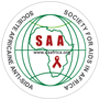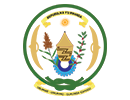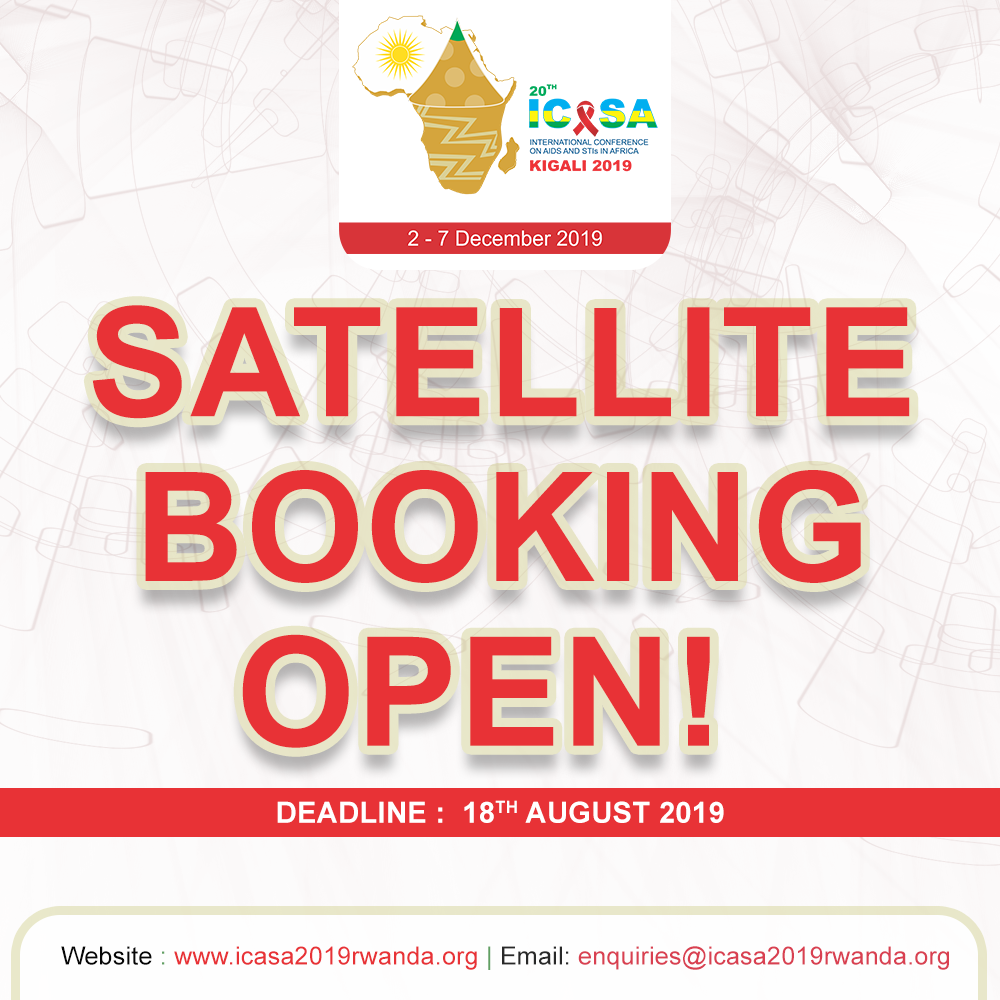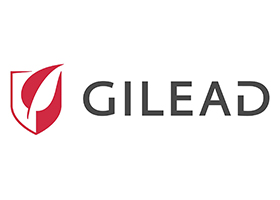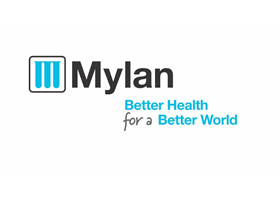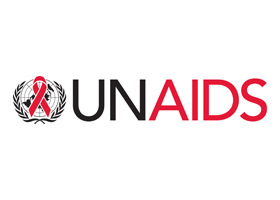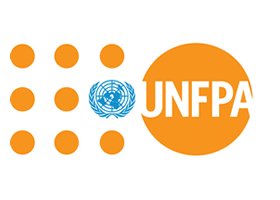Time: 07:00 - 08:30
Room: MH4
Reporter: Jeannette Mbabazi, Aliane Gasengayire and Derrick SHEMA
The aim of the session was to inform participants about the state of progress of the AIDS response and its impact on the epidemic ; about the process through which UNAIDS is leading the way in setting global targets for 2025, and estimating the 2021-2030 impact and resource needs. The session was moderated through a combination of information sharing and discussion.
Dr Jean Pierre Nyemazi, Permanent Secretary of Health, Rwanda chaired the session. He presented key highlights of the HIV epidemic in Rwanda: adults 15-49 years have a HIV prevalence of 2.6% while those 15-64 years have a HIV prevalence of 3.0%. The HIV prevalence is significantly higher in females compared to males in the age groups 20-24 years, 25-29 years and 30-34 years. He enumerated that the largest gap to achieving epidemic control was with HIV diagnosis. The emphasis for the future to ensure AIDS is eliminated in Rwanda by 2030 included focusing on urban settings that are disproportionately affected by the epidemic. Men are also not utilizing available services adequately and testing rates, treatment initiation and viral load suppression is sub-optimal in adolescents. Efforts to tackle these issues include ensuring coverage of services for for men and young people, key populations in general, adoption of innovative testing strategies (Index testing, self testing) and use of new technologies to reach youths and key populations, prioritising and reinforcing access to care through differentiated care delivery, community peer support, regimen updates and adapted care for adolescents and key populations. In addition, the country is reinforcing viral load turnaround time with point of care monitoring, and also instituting drug resistance monitoring.
Shanon Hader of UNAIDS noted that UNAIDS is aiming to end AIDS and ensure dignity, equity and sustainable development. The AIDS movement, which is a movement led by people living with and affected by HIV, continues to inspire the world and have contributed to offering a model for a people-centered, rights-based approach to global health and social transformation. Ending the AIDS epidemic and leaving no one behind will profoundly affect the entire lifespan of millions of people around the world, for generations to come.
The post-AIDS world will be very different from the one we know today—and it is one we can create. It will be a world in which every child is born HIV-free to healthy parents, and any child living with HIV receives the treatment, protection, care and support to survive and thrive into adulthood and old age. A world where, as children grow into adolescence, they are educated and receive adequate nutrition, they can access appropriate HIV and sexual and reproductive health services and they live free from violence and extreme poverty. A world where young people, regardless of where they live or who they are, have the knowledge, skills, services, rights and power to protect themselves from HIV. A world where a pregnant woman or breastfeeding mother living with HIV can access the services she needs to protect her health and that of her baby. A world where all people, regardless of their identity, choices or circumstances, have access to relevant HIV prevention services, voluntary HIV testing and affordable treatment and high-quality care and support services—including psychosocial, financial and legal services. A world where all people have the equal opportunity to grow, develop, flourish, work and enjoy prosperous and fulfilling lives, supported by enabling laws, policies and programs that respect their human rights and address the social determinants of HIV, health and well-being. A world where all people, living with or without HIV, are able to live their lives to the fullest, from birth to adulthood and into old age, free from discrimination and with dignity and equality.


